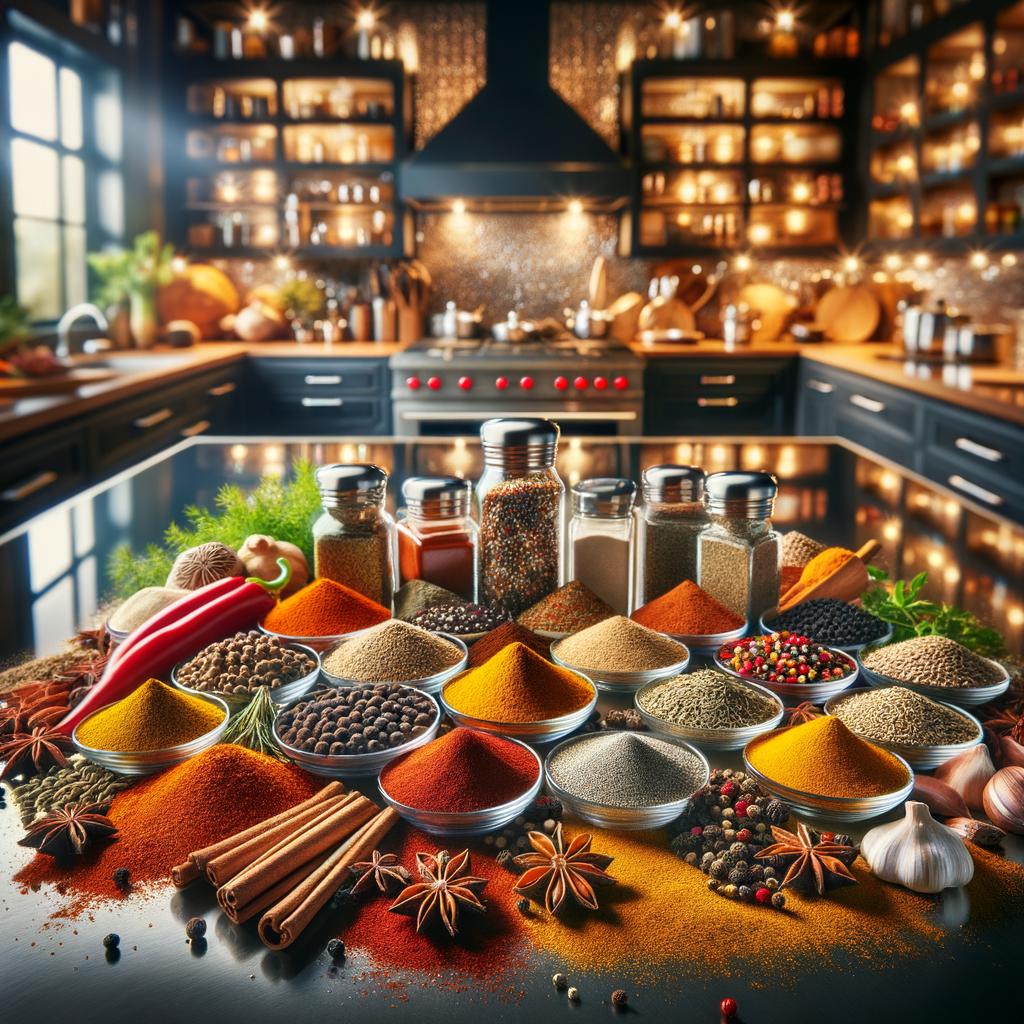Spices

Description
Spices, the magical ingredients that have the power to transform the mundane into the extraordinary. They are a diverse group of aromatic plants used in both whole and ground form, each carrying its own unique characteristics. The appearance of spices varies greatly, from the deep red paprika to the vibrant yellow turmeric, the earthy brown of cinnamon, and the striking black of peppercorns. Their textures range from the coarse granules of ground cumin to the silky smoothness of powdered ginger. The flavor profiles of spices are truly a symphony of tastes, with sweet, spicy, bitter, sour, and umami notes all making appearances. What sets spices apart from other ingredients is their potent ability to enhance and intensify the flavors of any dish, making them indispensable in culinary arts.
Primary Uses
Spices are used in virtually every cuisine in the world, from the hearty stews of Europe to the fiery curries of India, the aromatic tagines of Morocco, and the flavorful stir-fries of China. They are used to flavor meats, vegetables, desserts, and even beverages. Beyond their culinary uses, spices have been used for centuries for their medicinal properties. For instance, turmeric is known for its anti-inflammatory properties, while cinnamon is used to regulate blood sugar levels. Spices also hold significant cultural and religious importance in many societies, often used in rituals and ceremonies.
History
The history of spices is as rich and colorful as their flavors. They have been used since ancient times, with evidence of their use dating back as far as 50,000 BCE. Spices played a pivotal role in the Age of Exploration, as Europeans set sail in search of shorter routes to the Spice Islands of Southeast Asia. The spice trade was a significant factor in the world economy for centuries, leading to exploration, colonization, and even wars. Many spices are shrouded in folklore and myth. For instance, it was believed in medieval Europe that cloves were a potent protector against the plague.
Nutritional Information
Spices are nutritional powerhouses, packed with a wealth of vitamins, minerals, and antioxidants. For instance, paprika is rich in vitamin A, while cumin is a good source of iron. They also possess various health benefits, from aiding digestion to boosting the immune system. Despite their potent flavors, spices are low in calories, making them a healthy way to add flavor to dishes without adding extra fat or sodium. When compared to other flavor enhancers like salt or sugar, spices offer a far healthier and more nutritious alternative.

